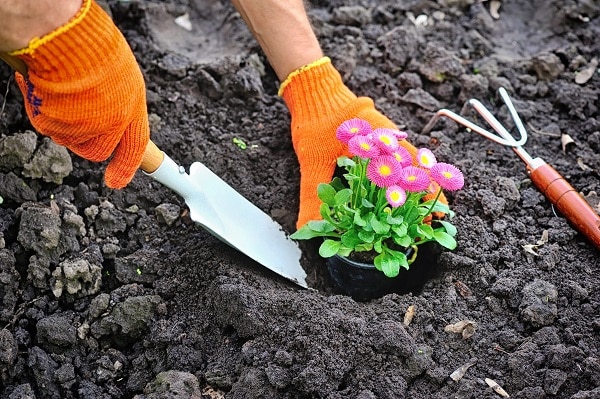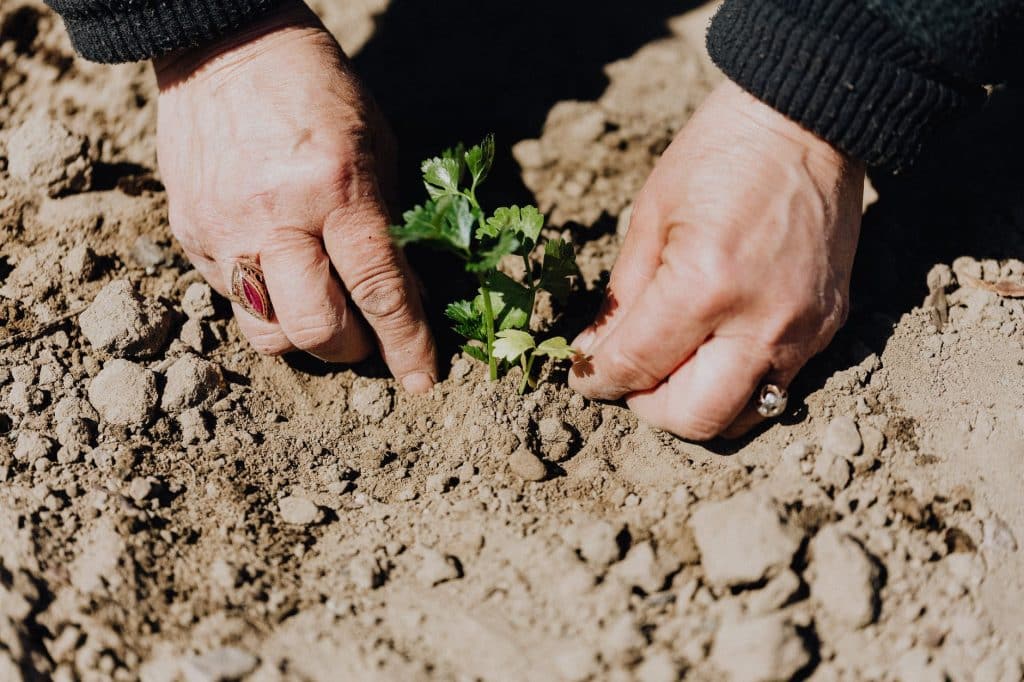Are you looking for a way to get your house plants into your garden? Well, you’re in luck! This post will give you some of the best tips to transfer your plants safely and successfully. You will need to consider the size of your plant, the climate in your area, and how much sunlight your garden receives. It will also provide tips on caring for your plants once you have transferred them. So, let’s get started!
Contents
- 1 Deciding If Your Ready To Transfer Your House Plant
- 2 Finding A Spot In The Garden For Your Plant
- 3 Preparing The Garden Soil For Your House Plant
- 4 Digging The Hole For Your House Plant
- 5 Removing Your House Plant From The Pot
- 6 Placing Your House Plant In The Garden
- 7 Caring For Your Plant After The Transfer
- 8 You’re All Ready To Transfer Your House Plant!
Deciding If Your Ready To Transfer Your House Plant
There are many factors to consider with houseplants before deciding to transfer them. First and foremost, it is essential to assess the plant’s health. If the plant is struggling, it may not be able to handle the stress of being transferred. In addition, it is essential to consider the size of the plant. A large plant may be too difficult to transfer without damaging it. Finally, it would be best to consider your level of expertise.
Once you have considered all of these factors, you will be able to decide whether or not to transfer your houseplant. Transferring a houseplant is not a difficult task, but it does require some knowledge and skill. If you are unsure of your ability to transfer the plant successfully, it is best to consult with a gardener or another expert.
Finding A Spot In The Garden For Your Plant
When it comes to house plants, there are a few things to consider when choosing the perfect spot in your garden. First, make sure that the plant will have enough sunlight. Most house plants need at least six hours of sunlight per day, so choose a spot that gets plenty of sun. Second, consider the plant’s water requirements.
Some plants need more water than others, so choose a well-drained spot. Finally, take into account the plant’s size. Ensure you have enough space for the plant to grow and spread out. Finding the perfect spot for your house plant should be a breeze with these factors in mind!
Preparing The Garden Soil For Your House Plant
One of the essential steps in preparing your garden for a transfer is to condition the soil properly, ensure that your plants have the necessary nutrients for growth, and help prevent compaction and waterlogging. The first step is to add organic matter, such as compost or manure, to the soil, which will help to improve its structure and increase its ability to hold moisture and nutrients.
You should also add a layer of mulch, which will help protect the soil from erosion and keep it cool in summer. Finally, make sure you aerate the soil before planting, which you can do with a garden fork or aeration machine. With these simple steps, your garden will be ready for transfer!
Digging The Hole For Your House Plant
Before you can start planting your houseplant in the garden, you need to dig a hole for it. The depth and width of the hole will depend on the size of the plant. For example, a small plant will need a shallow hole, while a large plant will need a deeper hole. If you’re not sure how deep to dig, you can always consult with a gardening expert.
However, a general rule of thumb is to dig the hole twice as wide and deep as the plant’s root ball, ensuring that your plant has plenty of room to grow and will help prevent problems such as root rot. When digging, make sure to loosen the soil and remove any rocks or other debris.
Removing Your House Plant From The Pot
Most people don’t think twice about removing their house plants from their pots. However, it would help if you kept a few things in mind before doing so. First, take a close look at the root system. Gently massage the roots with your fingers to loosen them up. If the roots are tightly bound, you may need to loosen them up before being removed from the pot.
If the roots are still too tight, you can use a sharp knife or pruning shears to cut through them carefully. Once you loosen up the roots, you can gently pull the plant out of its pot. If you find that the plant is still firmly attached, you can try tapping the pot on a hard surface to loosen it up. With a little bit of patience and care, you should be able to remove your house plant from its pot without damaging it.
Placing Your House Plant In The Garden
After you have prepared the garden and dug the hole, it’s finally time to plant your house plant! Gently place the plant in the hole and ensure that you cover the roots with soil. Once the plant is in place, backfill the hole with soil and gently compact it down. Water the plant well and give it a good soaking.
You can transfer your house plant to the garden with these simple steps! If you find that the plant is still not standing upright, you can use a stake to support it. Once the plant is in place, give it a few days to adjust to its new environment before fertilizing it.
Caring For Your Plant After The Transfer
Now that you’ve transferred your house plant to the garden, there are a few things you need to do to ensure its health and vitality. First, it’s important to acclimate your plant to the new environment by slowly introducing it to direct sunlight. Start by placing it in a shady spot for a few hours each day, and then gradually increase the amount of sun exposure over a week or so.
Additionally, you’ll need to be sure to water your plant more frequently than you did when it was indoors. The soil in the garden will dry out more quickly than potting soil, so be sure to check the moisture levels daily. Finally, don’t be afraid to give your plant a little extra TLC during the transition period. A little extra attention will go a long way towards ensuring a healthy and successful transition to the great outdoors!
You’re All Ready To Transfer Your House Plant!
Transferring your house plants to the garden is a great way to give them the space to thrive. You can ensure that your plant will smoothly transition from indoor to outdoor living by following these simple steps. Remember to acclimate your plant to its new environment slowly and water it frequently. With these tips in mind, you’re sure to have success in transferring your house plants to the garden! With a little bit of care and patience, you’ll enjoy your beautiful plants in no time!






